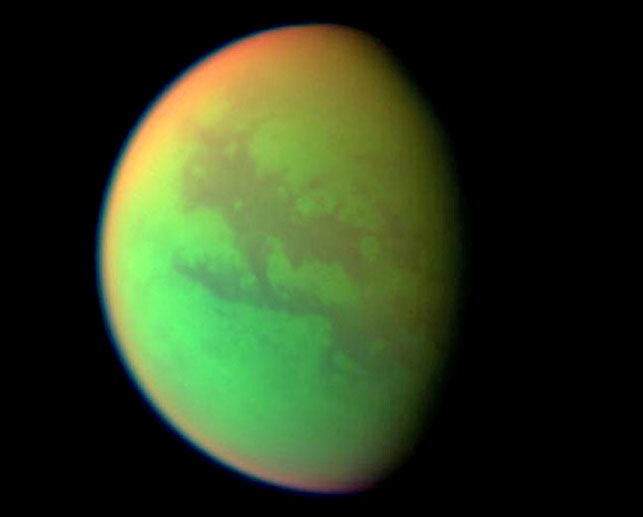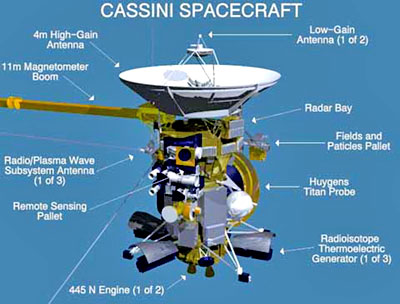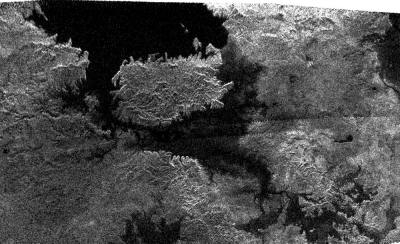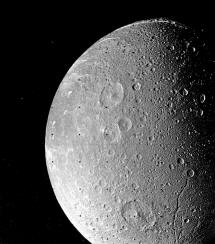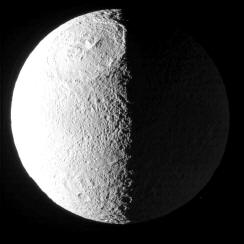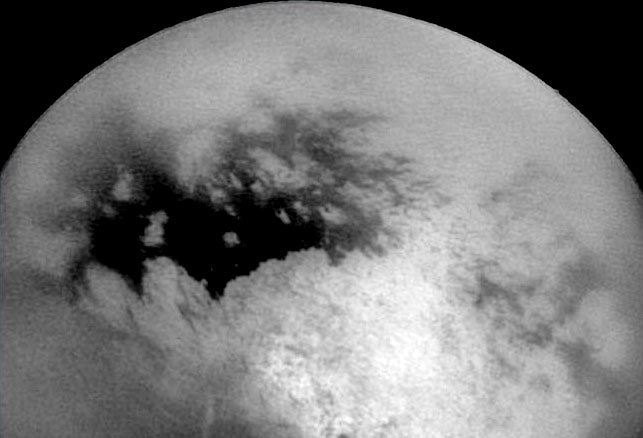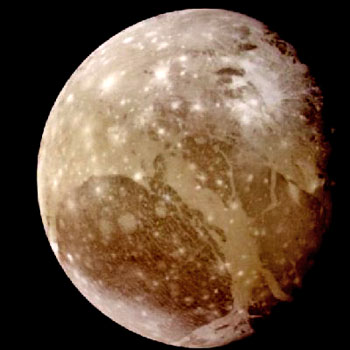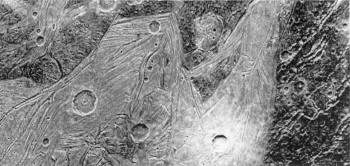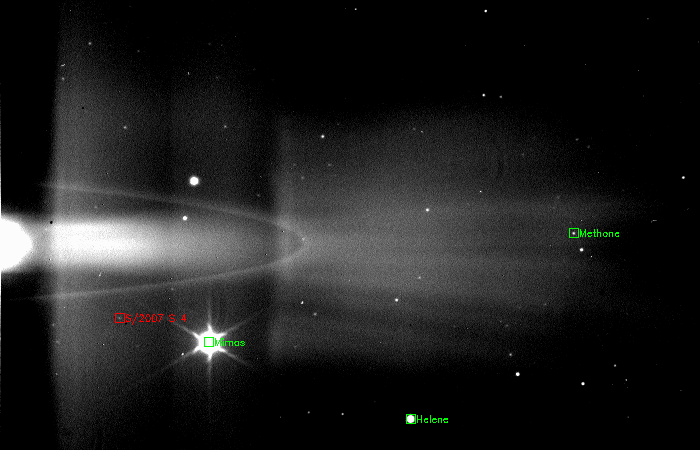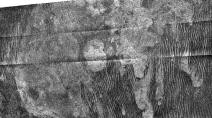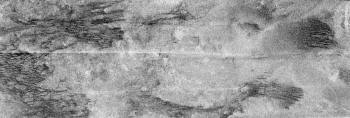|
from Thunderbolts Website
Aug 01, 2007
Cassini's close flyby of
Saturn's largest moon reveals features that continue to baffle
mission scientists. The Cassini-Huygens mission was launched October 15, 1997 on a seven-year voyage to Saturn and its largest moon, Titan. Few remember the furor generated by the spacecraft's power source, 33 kilograms of plutonium.
Environmental groups and
the ACLU attempted to have the liftoff canceled because an explosion
of the Titan IV-B Centaur launch vehicle would have scattered the
highly toxic compound over populated regions in Florida near Cape
Canaveral.
Fortunately for all concerned, there was no accident on launch day and Cassini has been in orbit around Saturn since June 30, 2004.
On December 24, 2004, the Huygens lander separated from Cassini and began a twenty-day journey to Titan. As it entered the atmosphere, Huygens reached a speed of nearly 20,000 kilometers per hour relative to the surface of the moon. Parachutes kept the probe stable long enough for it to slow down and begin a two and a half hour descent to the frozen surface.
The first pictures from Huygens revealed a surface covered with pebbles suspended in an icy slush. NASA scientists speculate that Titan was cold enough for hydrocarbon compounds to precipitate and "rain down" in the form of liquid methane, perhaps collecting in huge lakes of liquefied natural gas.
As a previous Thunderbolts Picture of the Day pointed out, however, the dark areas in the radar images show the usual circular scalloped edges, typical of cathode arc machining of a surface. These can be compared directly to the scalloped scarring on Jupiter's moon Io, which also display flat, melted floor depressions.
Electrical theorist Wal Thornhill writes:
If Titan exhibits features that compare to other bodies in the solar system that are far hotter and far more "geologically" active, would that indicate this supposedly cryogenic world is more like incandescent Venus than a frozen ball of ice? Cassini has discovered water jets erupting from the surface of Enceladus and other streams of charged particles being emitted from Dione and Tethys (below images). Dione Tethys
Will Titan eventually be included with this group of electrically active bodies?
Electricity is the only
known force that can give rise to all of the phenomena that we
observe on planetary bodies. Indeed, objects in space that have been
imaged by ground-based observatories or by space-borne science
platforms demonstrate the irrefutable nature of that fact.
Saturn's largest moon reveals extraordinary features that continue to baffle planetary scientists.
Therefore new ways of
interpreting these features must now be explored. The closer one gets to Titan, the farther from familiarity one goes. Titan ranks fifth among the rocky planets, with a diameter of 5150 kilometers. It is larger than Mercury (4878 kilometers), the Moon (3474 kilometers) and Pluto (2274 kilometers).
Of all the moons in the solar system, only Ganymede is larger than Titan, with a mean diameter of 5262 kilometers - a mere 112 kilometers difference. However, what makes Titan stand out from all the other moons is that it has an atmosphere - something even Ganymede doesn't have.
Ganymede
No one knows why Titan has an atmosphere or what sustains it in such a low-gravity environment. The primary constituents are nitrogen - over 80% - and methane. The atmosphere is very dense, which is another mystery for NASA analysts. Over the eons of time that Titan is supposed to have been in existence, the low gravity and intense cold should have contributed to the reduction of atmospheric density and not its maintenance.
According to standard
theories, the reason for the tenuous atmosphere on Mars and the lack
of atmosphere on most moons is that they lack the gravitational
attraction necessary to keep gases clasped tightly to them. Many
objects supposedly form with atmospheres, but if they aren't large
enough, they lose it to space. Once a body reaches a watershed point
of atmospheric decline, the stream of high-energy particles from the
sun accelerates the process until most of what remains is dragged
away.
From an
electric
universe standpoint, the mountain tops may be glowing with a St.
Elmo's Fire form of plasma, making them highly reflective of radar
light, just as the mountains on Venus appear exceptionally bright.
Several articles have addressed the challenges imposed by those
images and discovered they all share characteristics that could have
been generated by one thing: intense plasma discharges in the form
of gigantic electric arcs.
The dunes appear to follow the prevailing wind patterns, but they also have some unusual characteristics that may mean they are not wind-generated in the conventional sense. Many of the dunes look like fingerprint patterns (below images) - they have whorls and arches that are criss-crossed by other ripples in a perpendicular arrangement, looking almost exactly like the dune fields found along the coast of Namibia that extend nearly as far as the border with South Africa. Once again, on Mars the dunes are theorized to be the result of electric arcs forming patterns that are very similar. When they excavate material from the strata, they blow it in upward along the path of current flow where it then falls away, forming what are called "wind streaks." Because the granules are charged, they are attracted or repelled from one another, depending on their polarity.
Therefore they will
align themselves in much the same way that iron filings will align
themselves with the magnetic field of a bar magnet. Such streaks and
dunes
are found on Venus, as well. Most of the time, they are
associated with craters and sinuous rilles - the edges of both
formations are often dusted with dark or light colored grains.
Titan's dunes are so similar that we predict "blueberries," or other
spherical pebbles and stones may be found if a rover-type lander
ever pays a visit.
|

